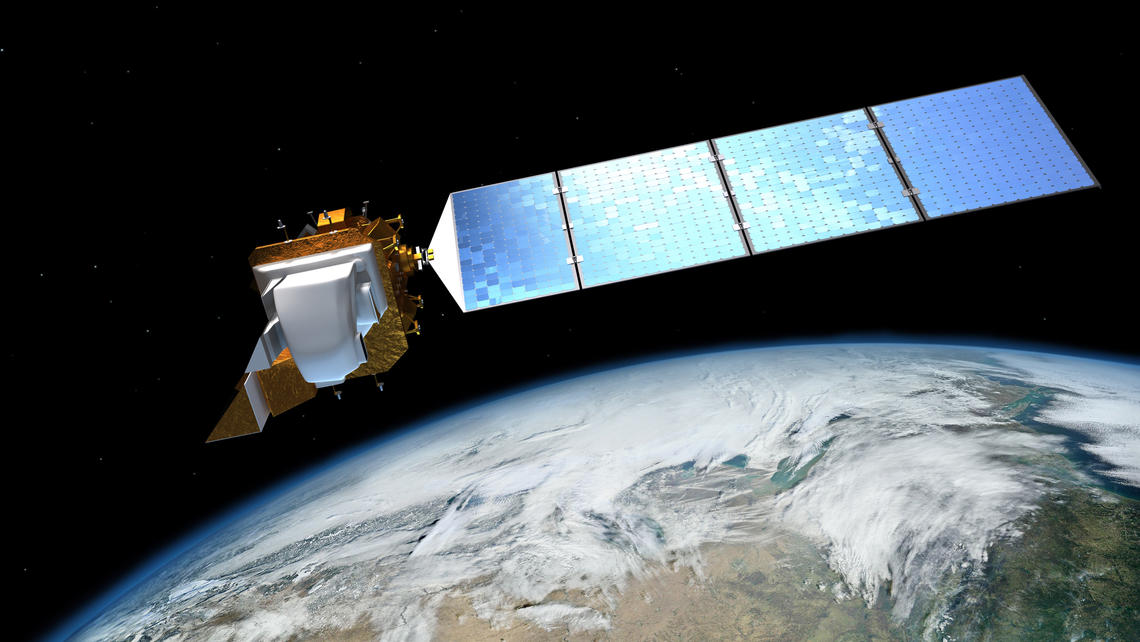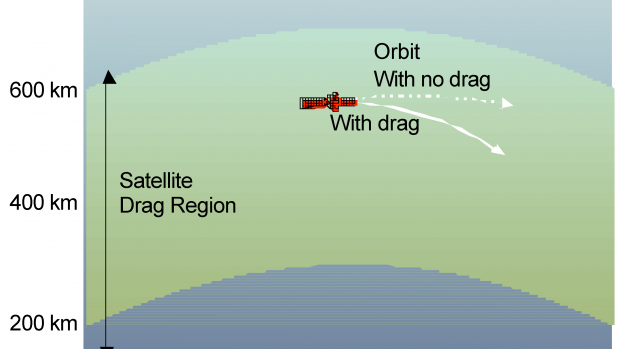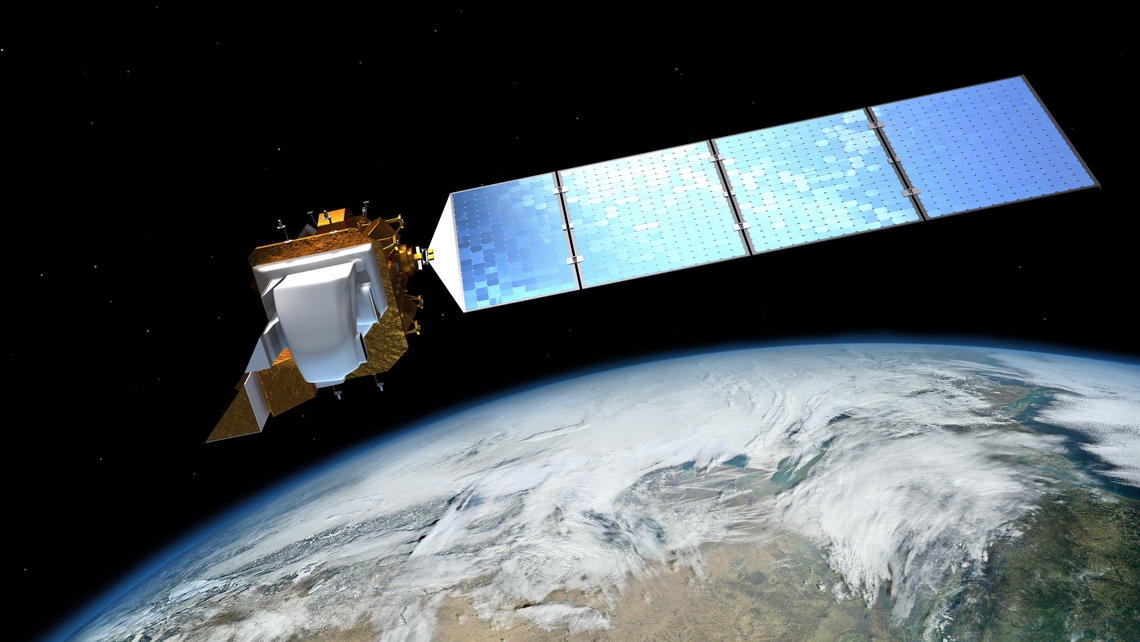1/ When a natural disaster strikes every minute counts, and satellite imagery is a key tool for first responders. Engineers at Aerospace are revolutionizing active satellite re-positioning with a new method called Project Rollercoaster. https://link.medium.com/bn2gTnX2Ndb
2/ It can take a satellite in low Earth orbit (LEO) 100 min to make one of many passes needed to provide global coverage. Larger satellites can provide continuous coverage of greater areas but require higher altitudes and still only cover roughly one-third of the Earth.
3/ In critical, fast-moving situations, space operators can find themselves challenged by the stubborn inflexibility of satellite positioning. Despite numerous technological advances, satellites are still required to rotate or orbit into viewing range to image an area.
4/ Project Rollercoaster uses atmospheric drag to provide dynamic satellite re-positioning as an alternative to static satellite imaging, leveraging maneuvering and the atmospheric drag of LEO to rapidly and efficiently alter satellite ground tracks. Illustration courtesy @NOAA
5/ A Project Rollercoaster vehicle could be deployed, use a chute and safely change orbit to image an area of interest much more responsively. The methodology is divided into three sequential phases: burn, drag, and coast. Photo courtesy @USGS
6/ Burn: a small maneuver is executed to lower perigee which alters the satellite ground track, giving the spacecraft access to higher density atmosphere. Drag: the satellite deploys panels or chutes to further modify its ground track using drag.
7/ Coast: the drag devices are stowed or jettisoned, and the satellite continues to orbit until the target flyover is achieved. This enables global visibility access within a significantly reduced timeframe, and with greatly reduced fuel requirements.
8/ In this fictional demonstration, the Rollercoaster CONOPS is used to survey damage to San Juan after a hurricane strikes Puerto Rico. The Rollercoaster CubeSat achieves a flyby over San Juan in ~27 hours instead of many days from the ISS.
9/ Project Rollercoaster allows for a flexible mission architecture. For example, a number of relatively inexpensive small satellites could be stored onboard a Cygnus cargo spacecraft until called into action to provide rapid assessments of dynamic situations.

 Read on Twitter
Read on Twitter





